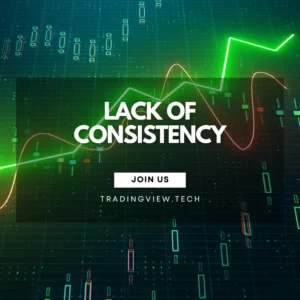Algorithmic trading, also known as algo trading or automated trading, refers to the use of computer programs and algorithms to execute financial market trades at high speed and efficiency. These algorithms follow predefined rules based on various factors, such as price, volume, timing, and market trends, to make trading decisions without human intervention.
The rise of algorithmic trading has transformed financial markets, making trading more efficient and reducing the impact of human emotions on decision-making. It is widely used by institutional investors, hedge funds, and proprietary trading firms to optimize trading strategies and improve execution.
One of the key advantages of algorithmic trading is its ability to process vast amounts of market data in real time, identifying trading opportunities that would be impossible for a human to detect manually. By leveraging machine learning and artificial intelligence, modern algo trading systems can adapt to market conditions dynamically, increasing their effectiveness.
Despite its many advantages, algorithmic trading also comes with risks, including system failures, market volatility, and the potential for unintended consequences due to flawed algorithms. Understanding how these systems work and their implications is crucial for traders looking to integrate automation into their strategies.
How Algorithmic Trading Works
Algorithmic trading relies on mathematical models and automated processes to execute trades at optimal prices and speeds. The core components of an algo trading system include data analysis, strategy formulation, and execution algorithms. Traders use historical and real-time market data to develop models that predict price movements and determine the best trading opportunities.
Key technologies that power algorithmic trading include:
- Market data feeds – Continuous streams of real-time price and order book information.
- Trading algorithms – Predefined rules that determine when and how trades are executed.
- Execution systems – Platforms that connect to exchanges and execute trades automatically.
- Risk management tools – Automated systems to control losses and limit exposure.
A common approach in algo trading is high-frequency trading (HFT), which involves executing thousands of trades per second to capitalize on small price discrepancies. Other strategies include arbitrage, trend following, and mean reversion, each leveraging algorithms to optimize profitability.
Advantages and Risks
Algorithmic trading offers significant benefits, including improved efficiency, precision, and the ability to execute trades without emotional bias. Automated systems can monitor multiple markets simultaneously and respond instantly to price changes, giving traders a competitive edge.
Key advantages of algorithmic trading:
- Speed and efficiency – Executes trades in milliseconds, reducing slippage.
- Elimination of emotions – Removes human bias, ensuring disciplined trading.
- Better market liquidity – Enhances market efficiency and tightens bid-ask spreads.
- Backtesting and optimization – Allows strategies to be tested before live execution.
However, there are also risks associated with algorithmic trading. Market conditions can change rapidly, and poorly designed algorithms may lead to unexpected losses. Additionally, reliance on technology introduces risks such as system failures, connectivity issues, and cybersecurity threats.
Potential risks of algorithmic trading:
- Flash crashes – Rapid price drops due to algorithmic errors.
- Over-optimization – Strategies that perform well in simulations may fail in live markets.
- Regulatory scrutiny – Some algorithmic practices face restrictions or legal challenges.
- Technical failures – Bugs or latency issues can lead to significant financial losses.
While algorithmic trading can provide a powerful edge, it requires careful design, testing, and monitoring to ensure success in dynamic market environments.



